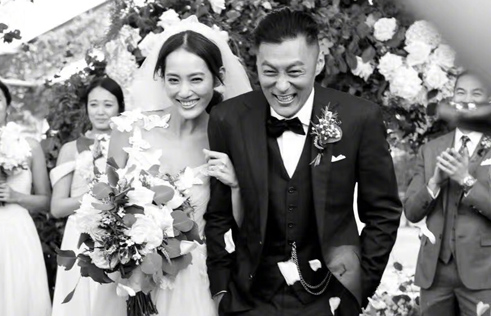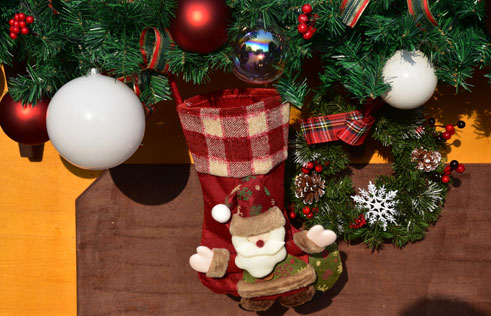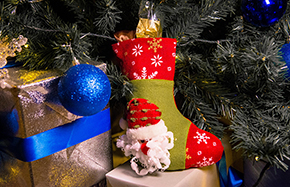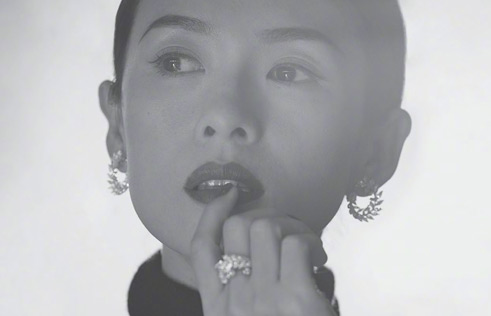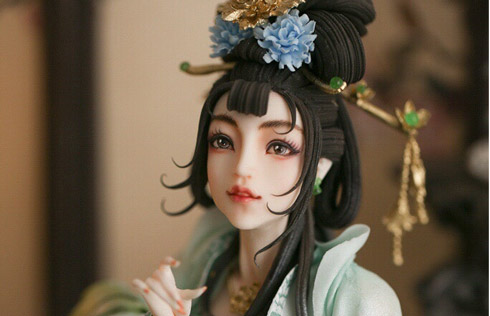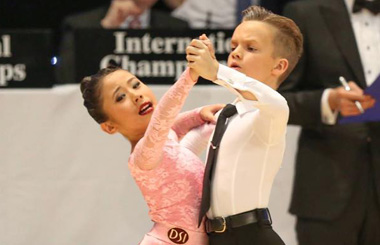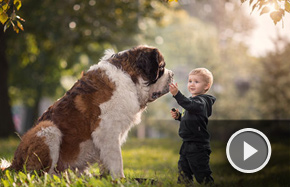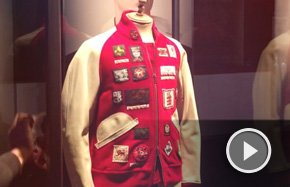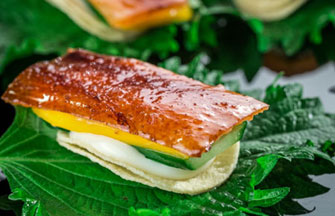Arts in Tibet, gifts from Heaven
The performance ends with a blessing ritual that is also an occasion for the audience to present hada (a long piece of silk used as a greeting gift among Tibetans and Mongolians) and donations.
Tsha Tsha
 |
Tsha Tsha , a Tibetan transliteration of the Sanskrit word, is the clay votive tablet in Tibetan Buddhism, a typical representation of Tibetan Buddhist arts.
|
|
Tsha Tsha are mini-statues of Buddha, stupas, or Buddhist scriptures done in relief images made out of a one-side mould or round stupas completed by two-side mould. They are mainly used to fill the inner shrines of bigger stupas, statues, or special shrines, and worshiped at the places like Tsha-khang, snow mountains and caves.
Tibetans make Tsha Tsha to accumulate Buddhist merit. They are also used as objects for dispelling illness or praying for good luck.
Butter sculptures
|
|
Tibetan butter sculptures cover a variety of subjects, like deities, flowers, animals and Buddhist motifs. Traditionally, they are displayed on monastery altars and family shrines as offerings.
Butter sculptures, mainly made of butter and mineral pigments, are modeled by hand. Since butter melts easily, monk artists need to work in cold conditions. They dip their hands into cold water to make their fingers cold enough to model the butter without melting it.
|
|
A few tools, such as hollow bones for making long threads and moulds for making leaves, are applied. Monks take great pride in doing religious work.






